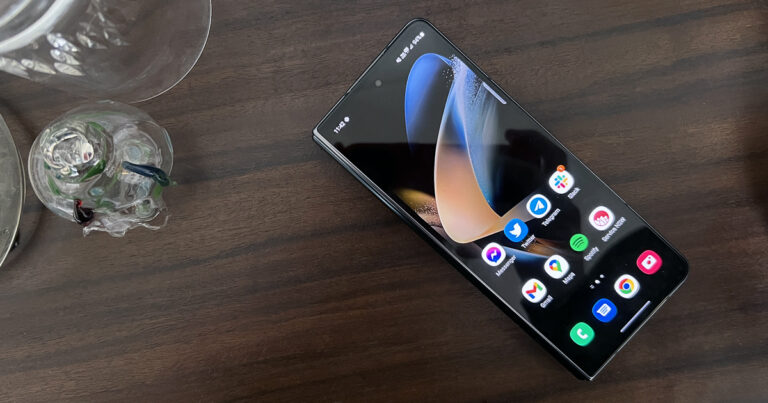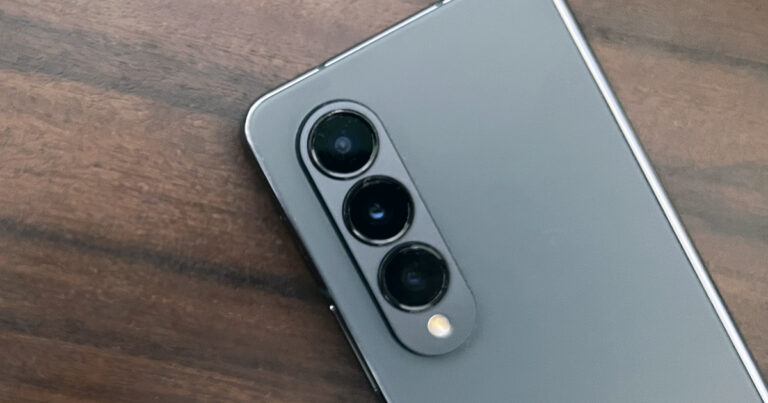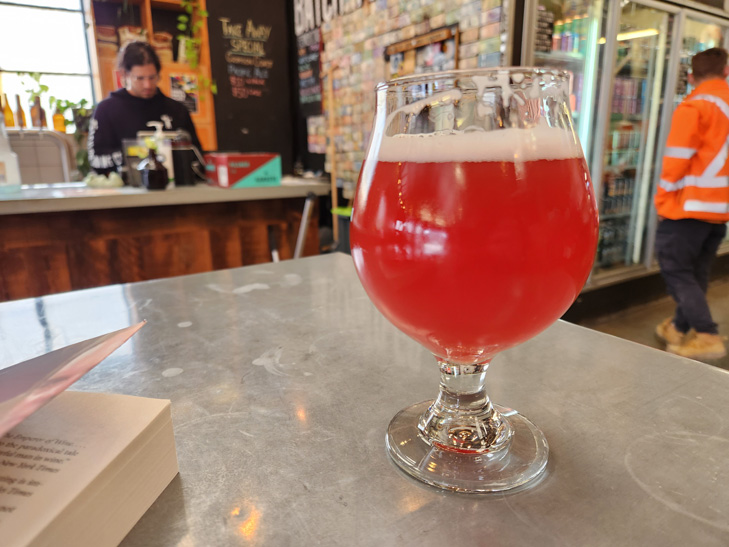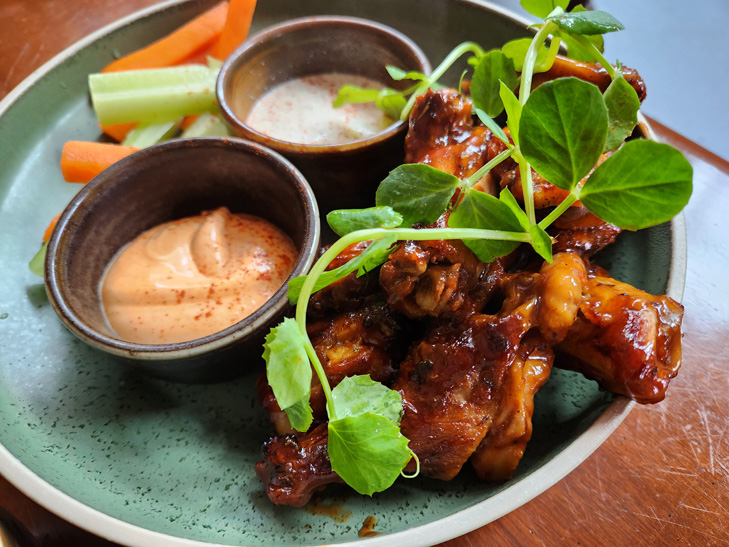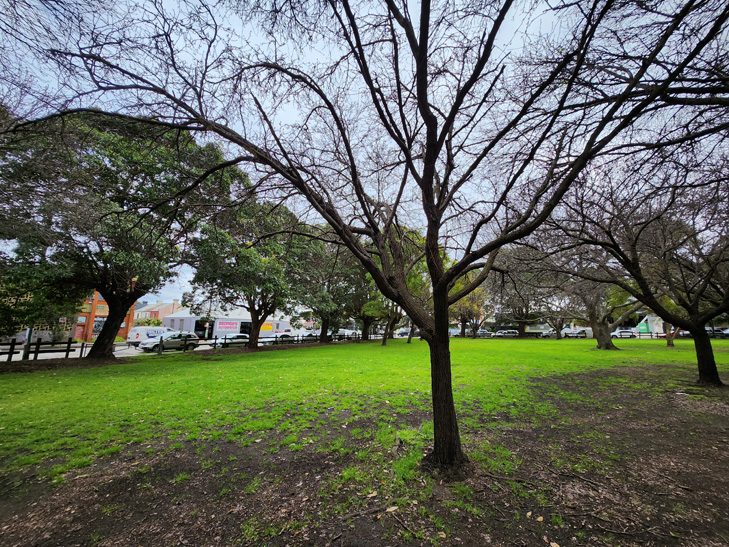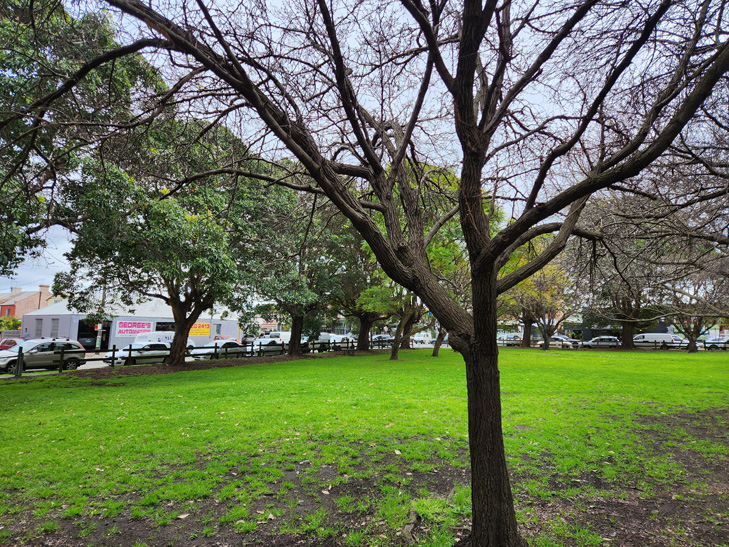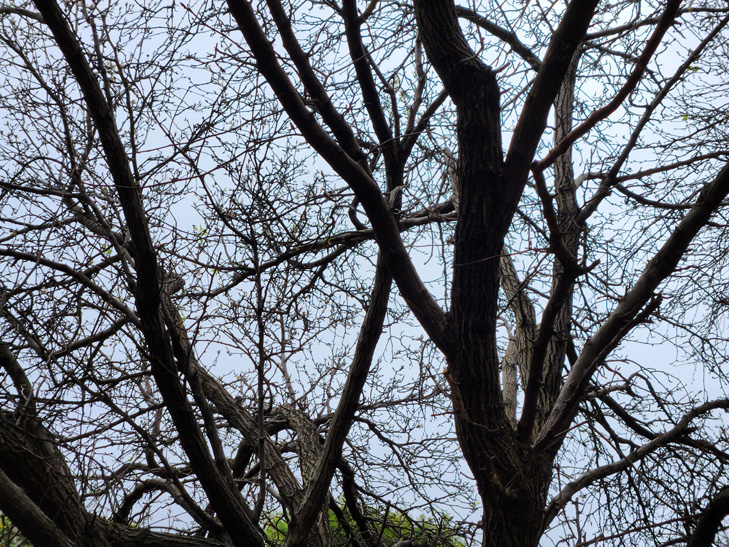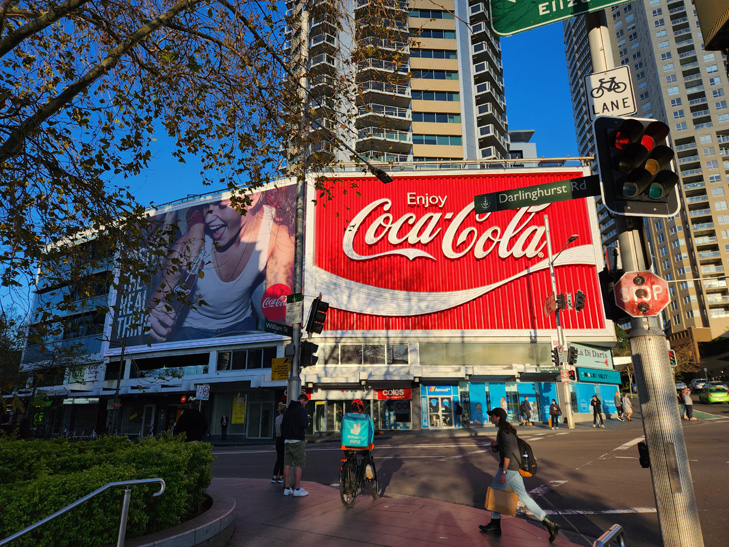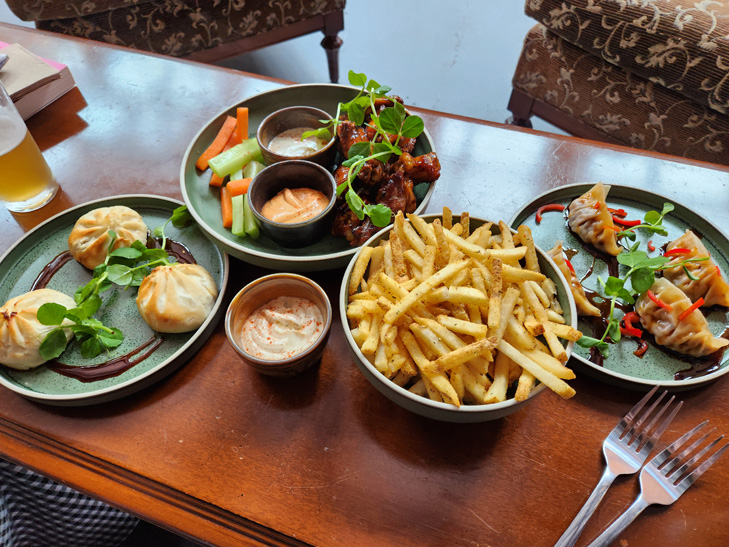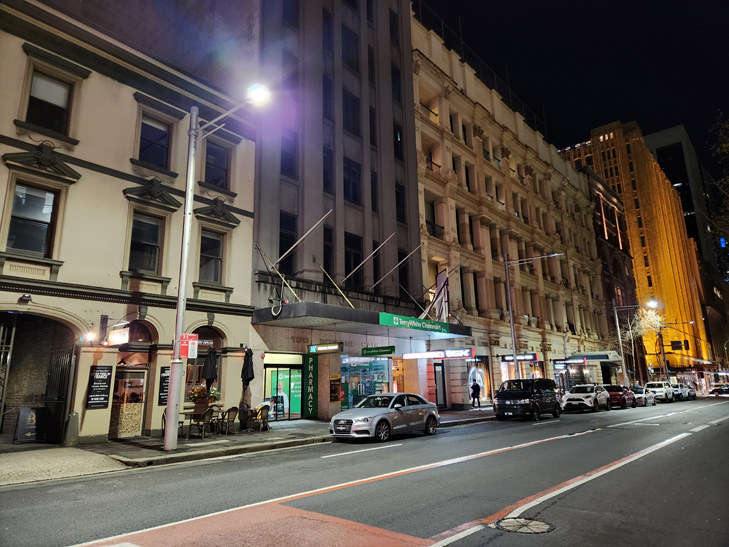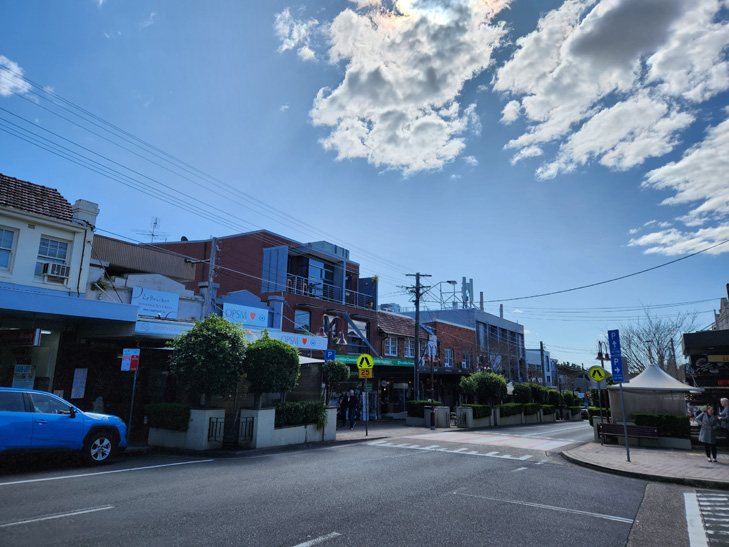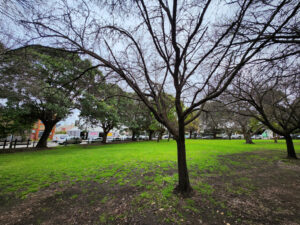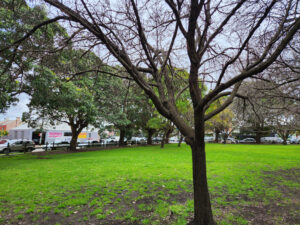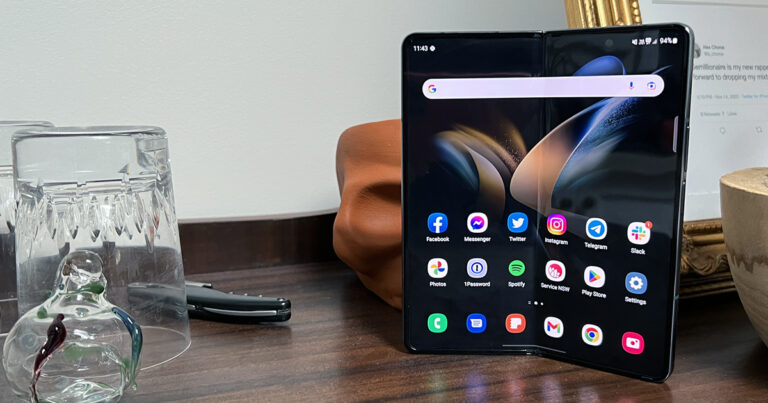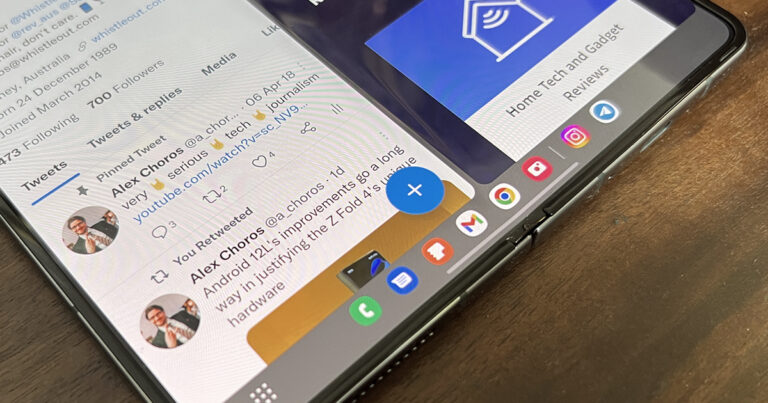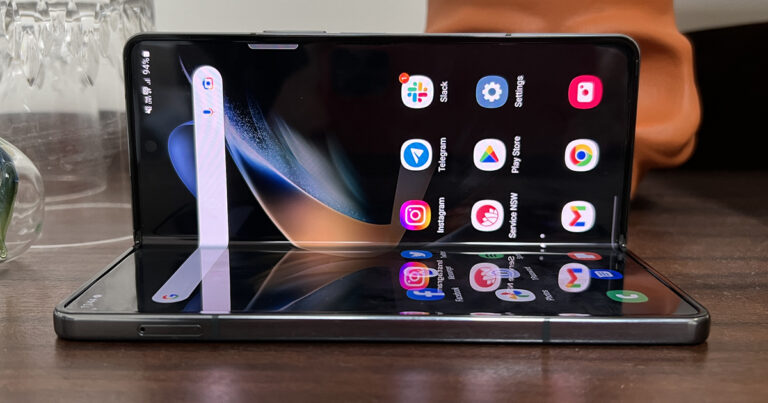Optus Mobile Review ALDI Mobile Review Amaysim Mobile Review Belong Mobile Review Circles.Life Review Vodafone Mobile Review Woolworths Mobile Review Felix Mobile Review Best iPhone Plans Best Family Mobile Plans Best Budget Smartphones Best Prepaid Plans Best SIM-Only Plans Best Plans For Kids And Teens Best Cheap Mobile Plans Telstra vs Optus Mobile Optus NBN Review Belong NBN Review Vodafone NBN Review Superloop NBN Review Aussie BB NBN Review iiNet NBN Review MyRepublic NBN Review TPG NBN Review Best NBN Satellite Plans Best NBN Alternatives Best NBN Providers Best Home Wireless Plans What is a Good NBN Speed? Test NBN Speed How to speed up your internet Optus vs Telstra Broadband ExpressVPN Review CyberGhost VPN Review NordVPN Review PureVPN Review Norton Secure VPN Review IPVanish VPN Review Windscribe VPN Review Hotspot Shield VPN Review Best cheap VPN services Best VPN for streaming Best VPNs for gaming What is a VPN? VPNs for ad-blocking With the Galaxy Fold family, Samsung took a different approach. Instead of matching it or exceeding its S series devices, the Fold price felt more like an innovation tax. You were paying more for the sake of owning something different. For the experience over pure specifications. It was a tricky proposition. This time around, Samsung is treating the Galaxy Z Fold 4 more like a true flagship. It has the fastest processor in an Android phone, and a much better camera experience. It still costs $2,499 however, and it’s still hard to say that the Z Fold 4 offers a best of the best experience. Here’s a selection of 24-month Galaxy Z Fold 4 plans: Samsung has finally given addressed this and kitted out the Galaxy Z Fold 4 with the same camera configuration you’ll find on the Galaxy S22. This gets you a 50MP primary lens, a 12MP ultra-wide experience, and a 10MP telephoto lens with optical zoom. For the most part, the Z Fold 4 can take nice shots. It’s just not quite as good as the competition. Shooting moving subjects like pets can cause motion blur in your photos, and the phone misses out on fine detail in low light. The iPhone 13 family, Pixel 6, and OPPO Find X5 Pro are all better performers when it comes to photography. What’s more egregious is that Samsung has a better camera it could have used for the Z Fold 4: the S22 Ultra’s camera configuration. Even if Samsung didn’t quite manage to squeeze in the 108MP primary lens, I would have loved to see the 10x zoom, as that’s an area where Samsung is currently unrivalled. The S22 camera is a nice step up from what was previously on offer, but it also feels like a half-measure. On the selfie camera front, the Z Fold 4’s internal screen features a camera embedded under the display. The integration is a bit more seamless this time around - it doesn’t draw as much attention to itself. The picture quality isn’t great, however. It will do for video calls, but for actual selfies, you’ll want to use the front-facing camera on the external display. Conversely, the battery situation left me wanting more. With 5G and 120Hz both on, I was only able to get around four hours of screen time per charge. That’s better than some Android flagships, which can struggle to even hit that milestone, but still not great. My iPhone 13 Pro Max can easily hit over eight hours of screen time per charge, for example. Dialling the 120Hz refresh rate back to 60Hz gets you closer to five hours of screen time per charge, but you shouldn’t have to disable functionality for the sake of battery on a flagship phone. Especially on a $2,499 one. There are two design omissions, however, that would have been obvious wins. Samsung added S Pen stylus support to the Z Fold 3 last year, and integrating the stylus seemed a natural next step. Instead, the S Pen is still sold separately and there’s nowhere on the phone to stash it. It would have also been good to see Samsung do more to minimise the crease on the internal display. The crease isn’t the end of the world, but OPPO managed to all but eliminate it with its Find N. The Find N might only be available in China, but it’s strange to see Samsung not compete on the innovation front. When it comes to subtle improvements, the new software features are easily the most meaningful change this year around. The Z Fold 4 is powered by Android 12L, a take on Google’s operating system better optimised for the form factor. This brings with it an app dock that floats on the bottom of your display when you’re using an app on the phone unfolded. Much like the dock on a Mac, this makes it far quicker to jump between app to app, as well as open them up side-by-side. If you do have two apps open next to one another, they’ll stay grouped when you jump into another one, so you can come back to the same pairing quickly. When combined with a sort of start menu for opening apps not already in the dock, these software changes help justify the Z Fold 4’s unique form factor. Multitasking is so much more seamless and intuitive. It also helps that app support is slowly getting better. Facebook and 1Password are now both optimised for the larger display, for example. There are still plenty that aren’t - such as Twitter and Instagram - but the Android tablet app situation is improving, which is a big win for anyone with a Samsung foldable. The sky-high price is enough to make it a niche purchase, but given you have to make some trade-offs when compared to more conventional phones or spend extra if you want an S Pen, the Z Fold 4 doesn’t quite represent the best of the best for Samsung. If you’re in love with the form factor, the Galaxy Z Fold 4 is better than ever, but there’s still so much potential for it to be more.
